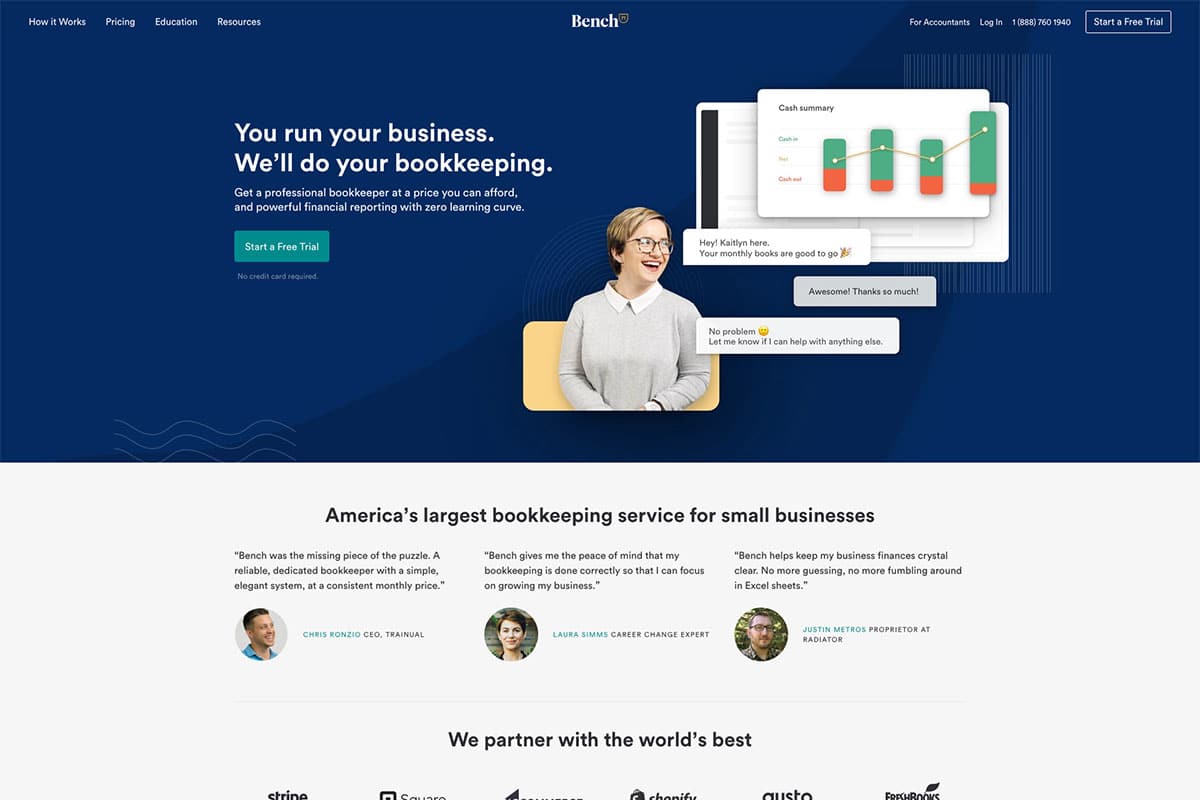In this guide, we’ll explore how you can strategically use pop-ups on your accounting website to generate high-quality leads without annoying your visitors. We’ll discuss why pop-ups work, the types you can use, and best practices to ensure they align with your business goals.
Why Pop-Ups Work for Accounting Websites
Free consultation sessions
E-books or guides on tax preparation or financial planning
Discounts on first-time services
Newsletter subscriptions
When visitors are presented with relevant, valuable incentives, pop-ups can drive meaningful engagement and conversions. By tailoring your pop-ups to your audience’s specific needs and concerns, you can make them a powerful tool in your marketing arsenal.
Types of Pop-Ups to Use
1. Exit-Intent Pop-Ups
These appear when a visitor is about to leave your site. For example, you could offer a free tax checklist or a consultation to re-engage them before they exit. This type of pop-up is particularly effective at capturing leads that might otherwise be lost.
2. Scroll-Triggered Pop-Ups
Triggered after a user scrolls a certain percentage down the page, these pop-ups are great for engaging visitors who are already invested in your content. They help you target users at the right moment, increasing the chances of a conversion.
3. Time-Delayed Pop-Ups
These appear after a visitor spends a set amount of time on your site. They’re ideal for ensuring you don’t disrupt the user experience too soon. This allows you to engage visitors who have shown genuine interest in your offerings.
4. Click-Activated Pop-Ups
These pop-ups are triggered when a user clicks on a specific link or button. For example, “Click here for a free tax-saving guide.” This approach ensures the user is already interested in what you’re offering, making them more likely to convert.
5. Gamified Pop-Ups
Add an element of fun by offering something like a spinning wheel that rewards users with discounts or free resources. Gamification can make the experience more engaging and encourage users to interact with your pop-up.
Best Practices for Using Pop-Ups
1. Offer Valuable Content
Visitors are more likely to engage with your pop-ups if they provide real value. For example, a guide on “10 Tax Tips for Small Business Owners” or a free financial health assessment can be enticing. Ensure that what you offer aligns with your audience’s needs and challenges.
2. Be Strategic with Timing
Timing is everything. Avoid showing pop-ups the moment someone lands on your site, as it can be off-putting. Instead, use scroll or time-delayed triggers to let visitors get acquainted with your content first. Proper timing can make the difference between a lead and a lost visitor.
3. Keep It Simple
Pop-ups should have a single, clear CTA. Overloading users with too many options can be confusing and reduce conversions. A concise message with a straightforward action will resonate better with your audience.
4. Optimize for Mobile
With many users accessing websites on their smartphones, ensure your pop-ups are mobile-friendly. Google also penalizes intrusive mobile pop-ups, so keep them discreet and user-friendly. Mobile optimization is crucial for maintaining a positive user experience.
5. A/B Test Your Pop-Ups
Test different designs, CTAs, and triggers to see what works best for your audience. Use analytics to track performance and make data-driven decisions. Continuous testing and optimization can significantly improve your results.
6. Respect User Experience
Avoid aggressive tactics like pop-ups that are difficult to close or appear repeatedly. These can frustrate users and increase bounce rates. Prioritize a seamless user experience to maintain trust and credibility.
Examples of Effective Pop-Up Strategies
Create a pop-up that offers a free e-book like “The Ultimate Tax Preparation Guide for Small Businesses.” Use an enticing headline and keep the form simple—just ask for a name and email address. This approach provides value while capturing essential contact information.
Example 2: Promoting a Webinar
If your accounting firm hosts webinars, a pop-up can be an excellent way to invite visitors. For instance, “Join our free webinar on Maximizing Your Tax Deductions” could be highly effective. Highlighting the benefits of the webinar can encourage sign-ups.
Example 3: Encouraging Newsletter Sign-Ups
Use a pop-up to grow your email list by offering exclusive tips, updates, or financial planning advice. Make the benefits of subscribing clear to your audience. A compelling offer can turn casual visitors into loyal subscribers.
Tools for Creating Pop-Ups
Numerous tools can help you create and manage pop-ups effectively. Here are a few popular options:
OptinMonster
Sumo
Privy
Poptin
ConvertFlow
These platforms allow you to customize the design, set triggers, and analyze performance to continually improve your lead generation strategy. Choosing the right tool can simplify the process and maximize results.
Conclusion
Start leveraging the power of pop-ups today and watch your leads multiply! By integrating these strategies into your website, you’ll be well on your way to achieving your business goals while providing value to your audience.

